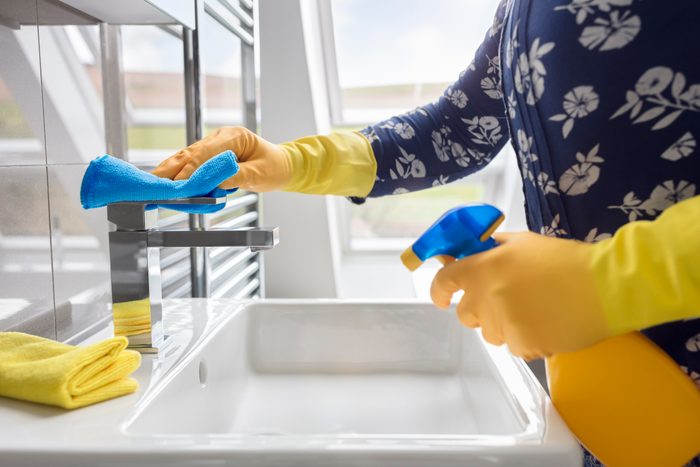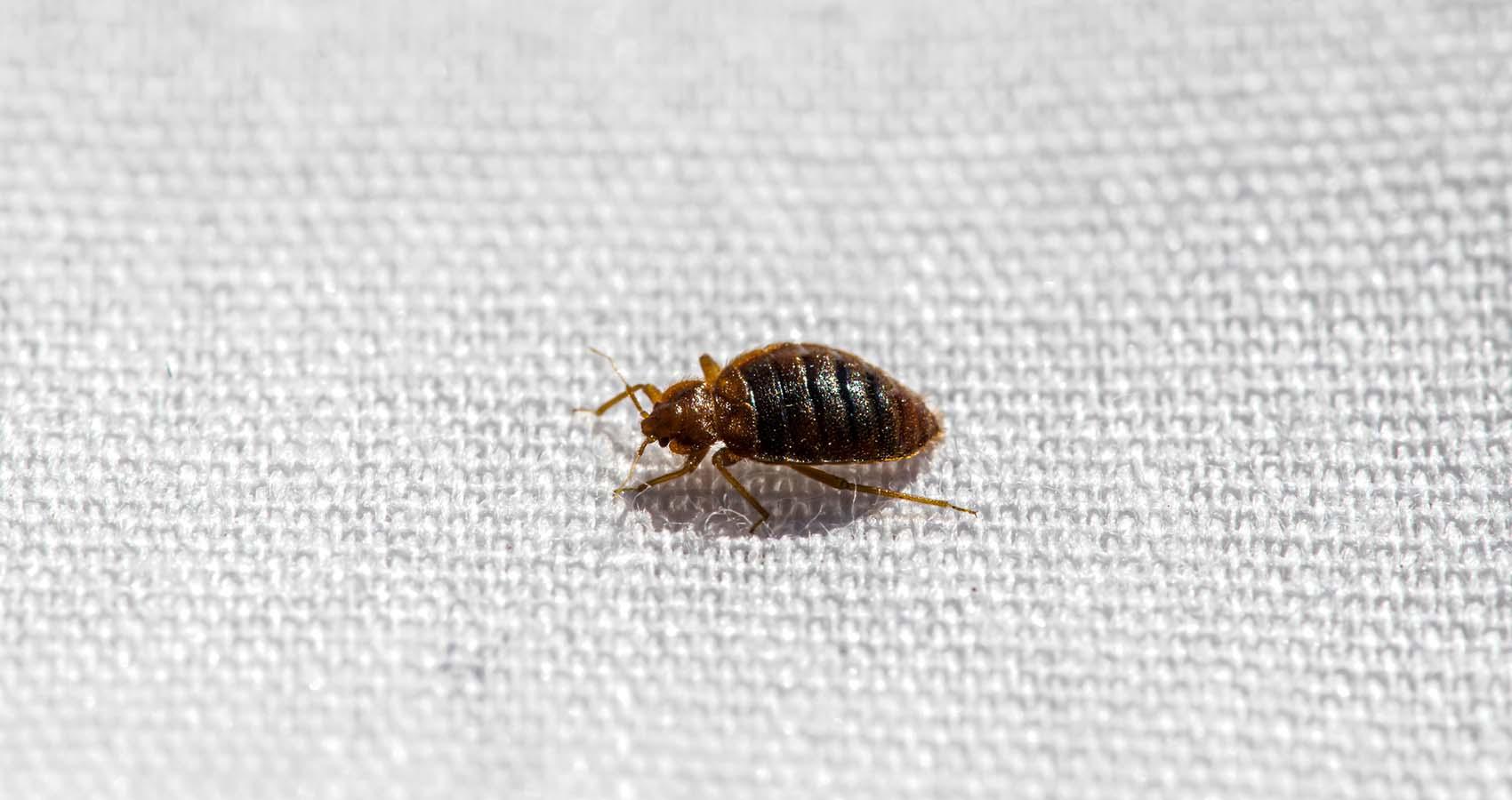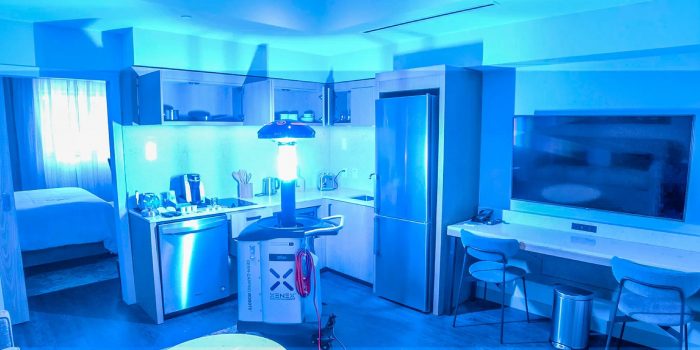Hotel rooms may not be as clean as they appear however expensive rooms they might be. Previous guests leave behind germs that can remain depending on how well the room is cleaned and unfortunately hotel cleanliness is based on sight and smell, not on the invisible microbiology where infection risks reside.
When it comes to preventing the spread of germs in hotel rooms, it’s important to be vigilant about the surfaces you come into contact with. Hotel lift buttons and door handles are germ hotspots due to the transfer of microorganisms. Sanitize your hands after use to avoid infection. Tummy bugs and respiratory viruses, including COVID-19, are common in hotel rooms.

In addition, to lift buttons and door handles, other high-touch areas include light switches, TV remotes, and telephones. These items are often overlooked during cleaning and can harbor bacteria and viruses for hours or even days.
In terms of bathroom cleanliness, it’s true that these areas are generally more thoroughly cleaned than other parts of the room. However, it’s still a good idea to take precautions. For example, you may want to avoid using the hotel’s towels or washcloths, which may not be properly sanitized. Instead, bring your own or use disposable options. Bathroom door handles may also carry pathogens.

When it comes to drinking glasses, many hotels now use disposable options to avoid the risk of contamination. However, if you do come across a non-disposable glass, it’s a good idea to give it a quick wash before use. You can use body wash or shampoo to clean the glass in a pinch.
Hotel bed linens can harbor viruses, as shown by a 2020 study of a COVID-19 patient’s hotel room. Bedspreads may not be changed, making them reservoirs for pathogens. Bring your own sheets to be safe. Surfaces like desks, tables, and remotes aren’t always sanitized between guests and can harbor norovirus and COVID-19 for days. Soft furnishings may not be sanitized at all, so wash your hands after touching them.
Bedbugs are a common problem in hotels, and they are experts at hiding in small, narrow spaces, such as the cracks and crevices of luggage, mattresses, and bedding. They are widespread worldwide, and just because a room appears clean and smells fresh, it does not mean that there are no bedbugs lurking.

Although bedbug bites are unlikely to transmit diseases, they can cause inflammation and infection in the bitten area. To detect bedbugs, look for reddish skin bites and blood spots on sheets, which are signs of an active infestation. You can also look for brown spots, bedbug skins, and live bedbugs on your mattress, behind the headboard, and inside drawers and wardrobes.
If you suspect that there are bedbugs in your hotel room, inform the hotel immediately. When checking out, carefully clean your luggage and clothes to avoid taking the bedbugs with you. Antiseptic wipes can be used on hard surfaces in the hotel room, and slippers or thick socks can be worn to avoid walking barefoot on hotel carpets, known to be a hotspot for dirt.
To protect yourself, consider bringing your own disinfectant wipes or spray to clean these surfaces before use. You can also ask the hotel staff to provide extra cleaning of your room, paying special attention to high-touch areas.
Overall, while hotel rooms can be a breeding ground for germs and viruses, there are steps you can take to protect yourself. By being mindful of high-touch surfaces and practicing good hygiene, you can minimize your risk of infection and enjoy your stay with peace of mind.


